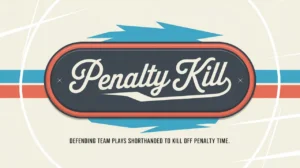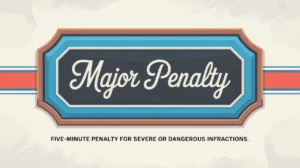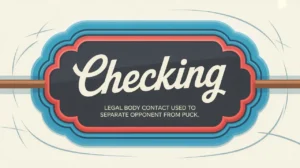Jim’s Intro to Tempo
Hi folks, Jim here, the only commentator who once answered, "About 25 degrees Fahrenheit," when asked what the usual tempo of the game was.
What is tempo?
Tempo refers to the overall speed, intensity, and rhythm at which a team plays, both with and without the puck. It’s about more than skating fast. Tempo shapes how quickly a team transitions, how aggressively it forechecks, how it controls puck movement, and how it dictates the flow of play. Teams that control tempo often control the game.
How does it work?
Tempo involves strategic choices and execution:
- Puck Movement Speed: Quick, crisp passes accelerate the game’s pace. Slow decisions give defenses time to set up.
- Transition Pace: Fast breakouts and counterattacks push defenders back and keep pressure high.
- Forecheck Intensity: High-tempo teams pressure relentlessly, while low-tempo approaches may focus on structure and control.
- Shift Rhythm: Short, intense shifts maintain tempo without burning out players.
- Game Situations: Teams adjust tempo to match circumstances, pushing when trailing, controlling when leading.
- Collective Buy-In: Tempo isn’t one player skating fast; it’s five players moving with shared rhythm and intent.
How do you make good decisions with it?
- Read the Situation: Know when to speed things up or slow them down. Tempo should serve strategy.
- Stay in Sync: A team moving at different paces falls out of rhythm fast.
- Use the Puck Wisely: Clean, quick passes are the foundation of tempo control.
- Manage Energy: Pushing tempo constantly without smart shifts leads to fatigue.
- Recognize Opponent’s Tempo: Controlling pace often means disrupting theirs.
How do you master it?
Mastering tempo is about awareness, conditioning, and cohesion. Teams practice at different paces, drilling quick puck movement and coordinated pressure. Players learn to read momentum shifts, manage intensity, and adjust their pace without losing structure.
What does it look like when done right?
When tempo is controlled, the game has a clear rhythm. High-tempo sequences look like waves rolling in, relentless and coordinated. Low-tempo control feels composed, suffocating opponents’ attempts to dictate pace. Great teams shift gears seamlessly.
Commentator’s Corner
Jim’s Take
Tempo is the game’s heartbeat. You can either set it or get swept up in someone else’s.
Parent Tip
Watch how a team’s pace changes depending on the situation. It’s a sign of hockey IQ, not just skating speed.
Player Tip
Skate with purpose, move the puck quickly, and sync with your linemates. Good tempo makes your team dangerous.
A Final Thought
Tempo control separates good teams from great ones. When you set the rhythm, you shape the game itself.









